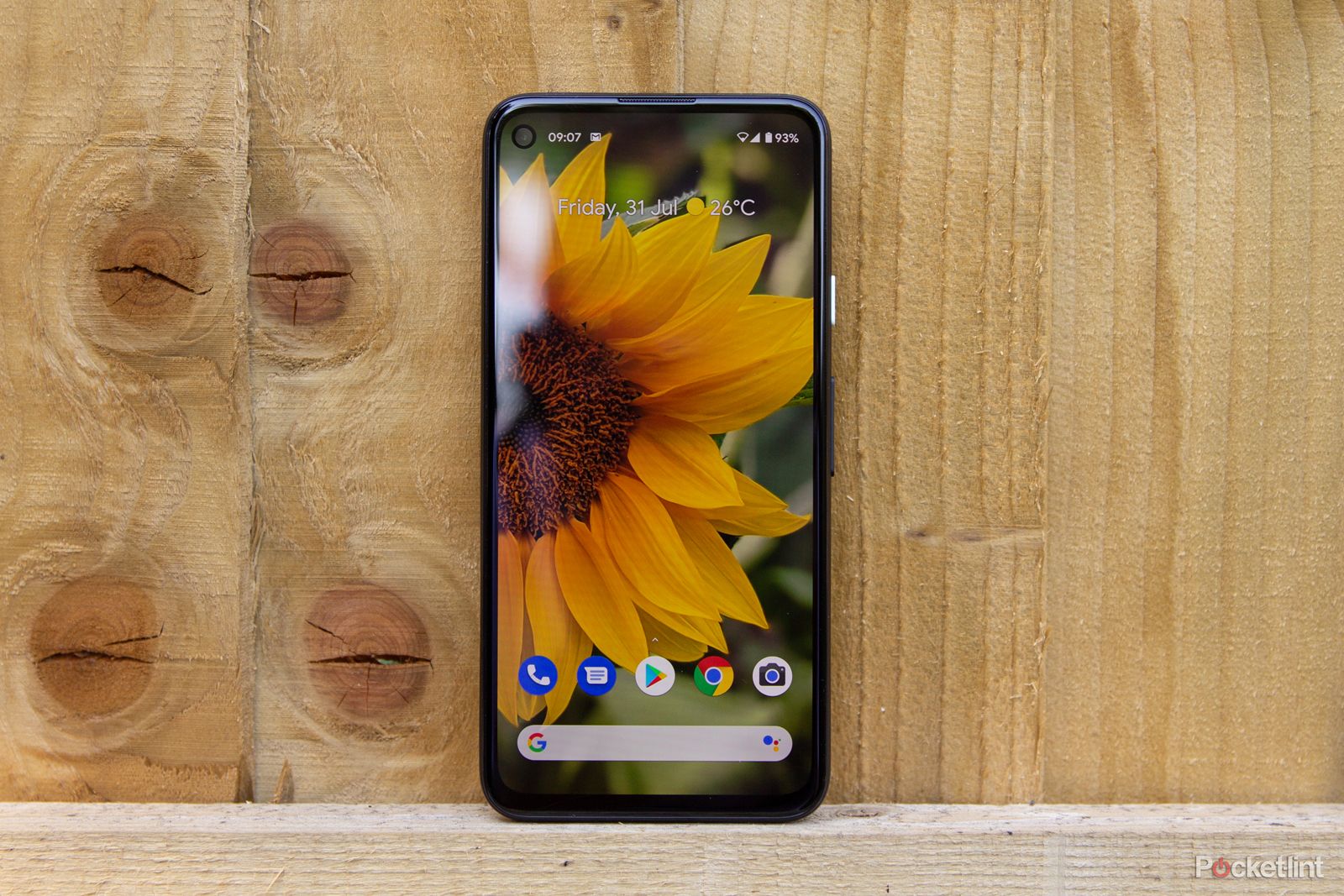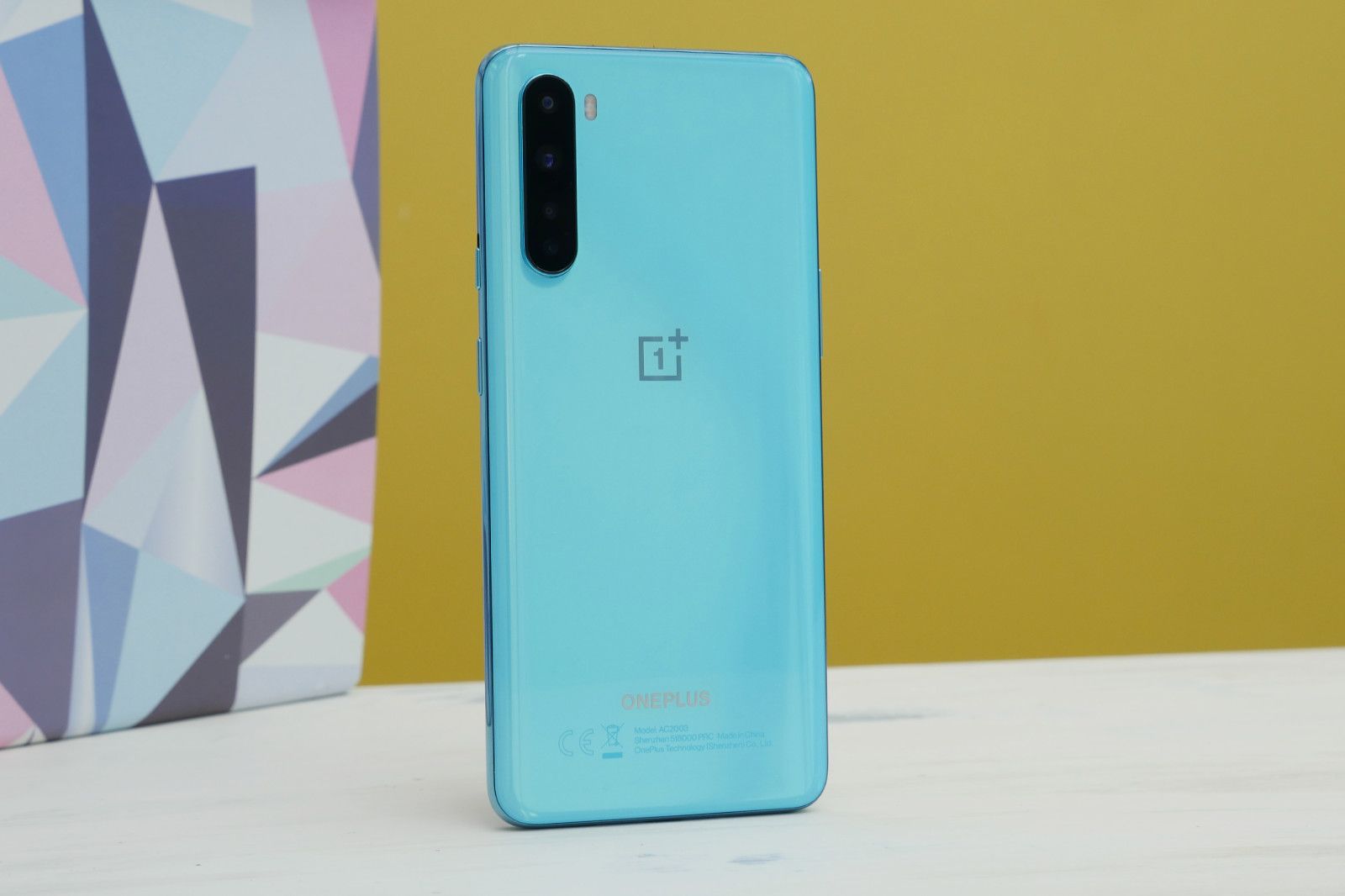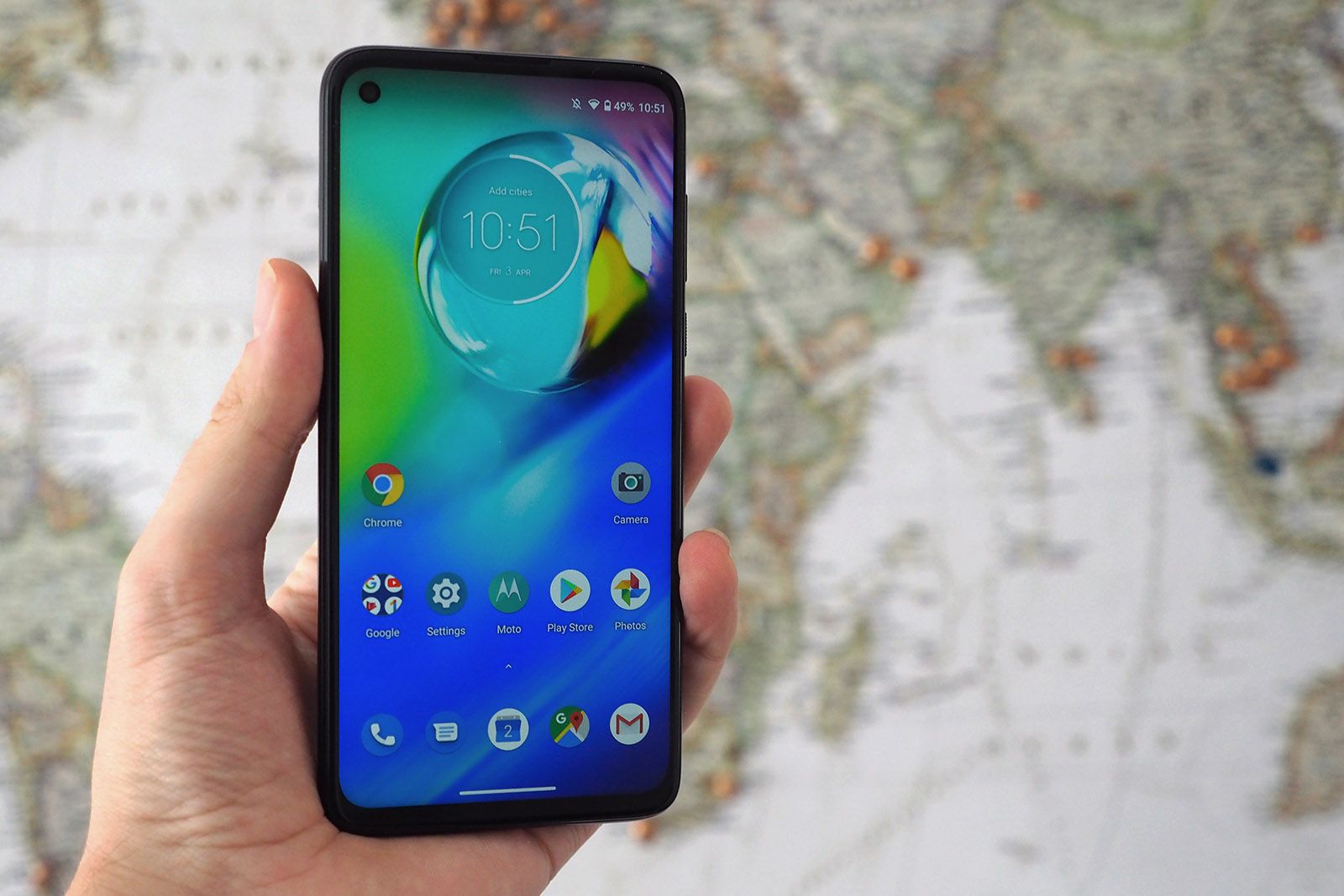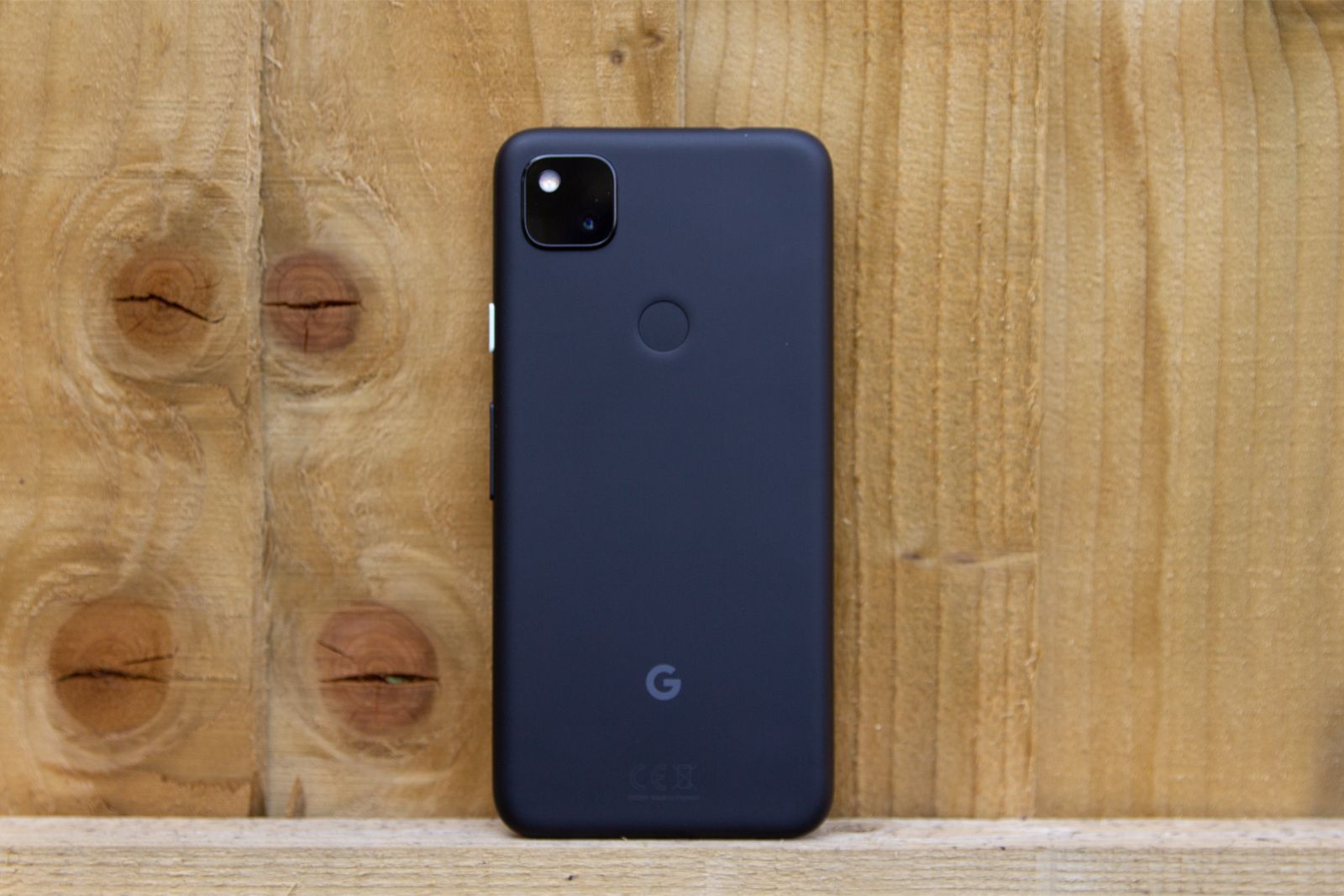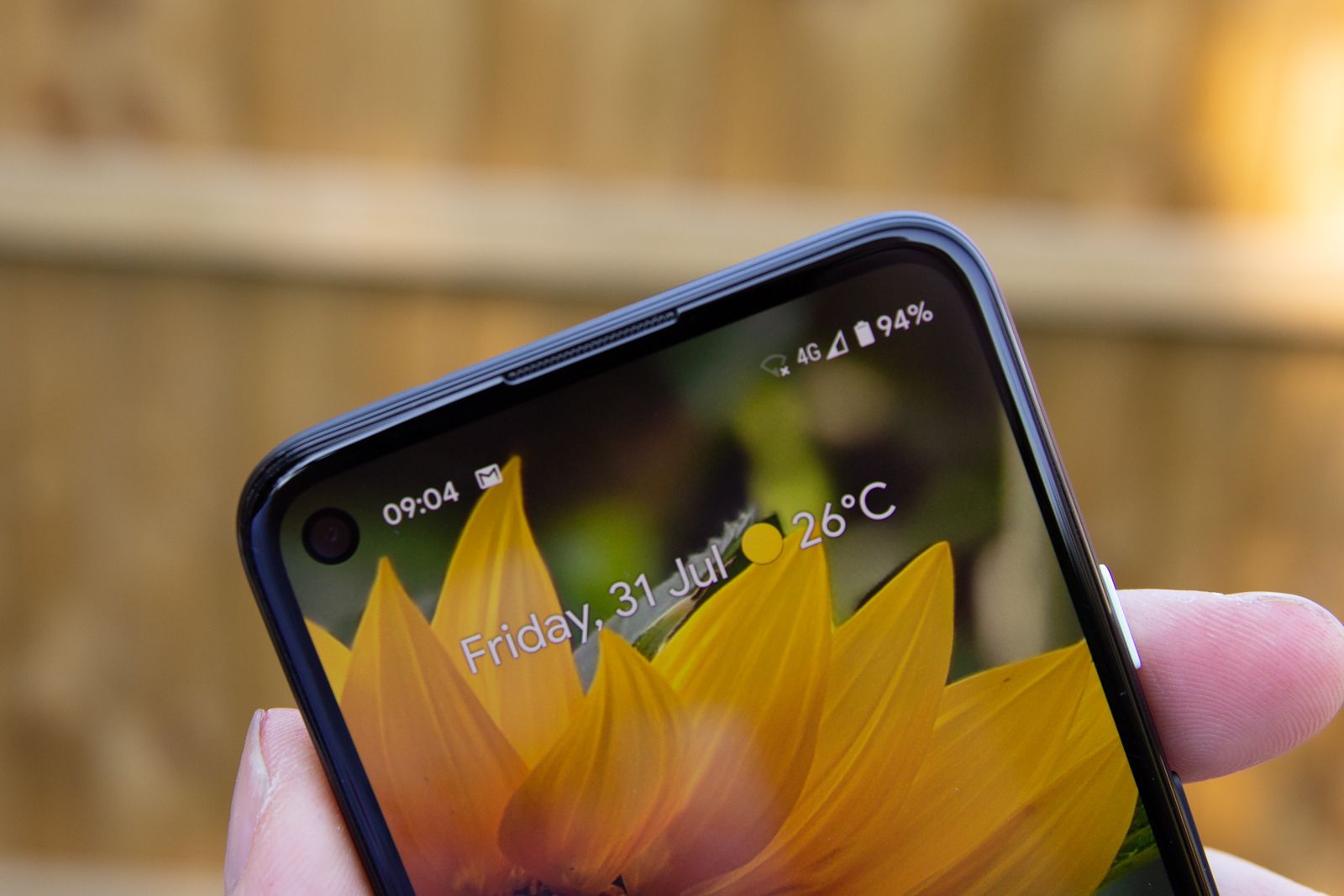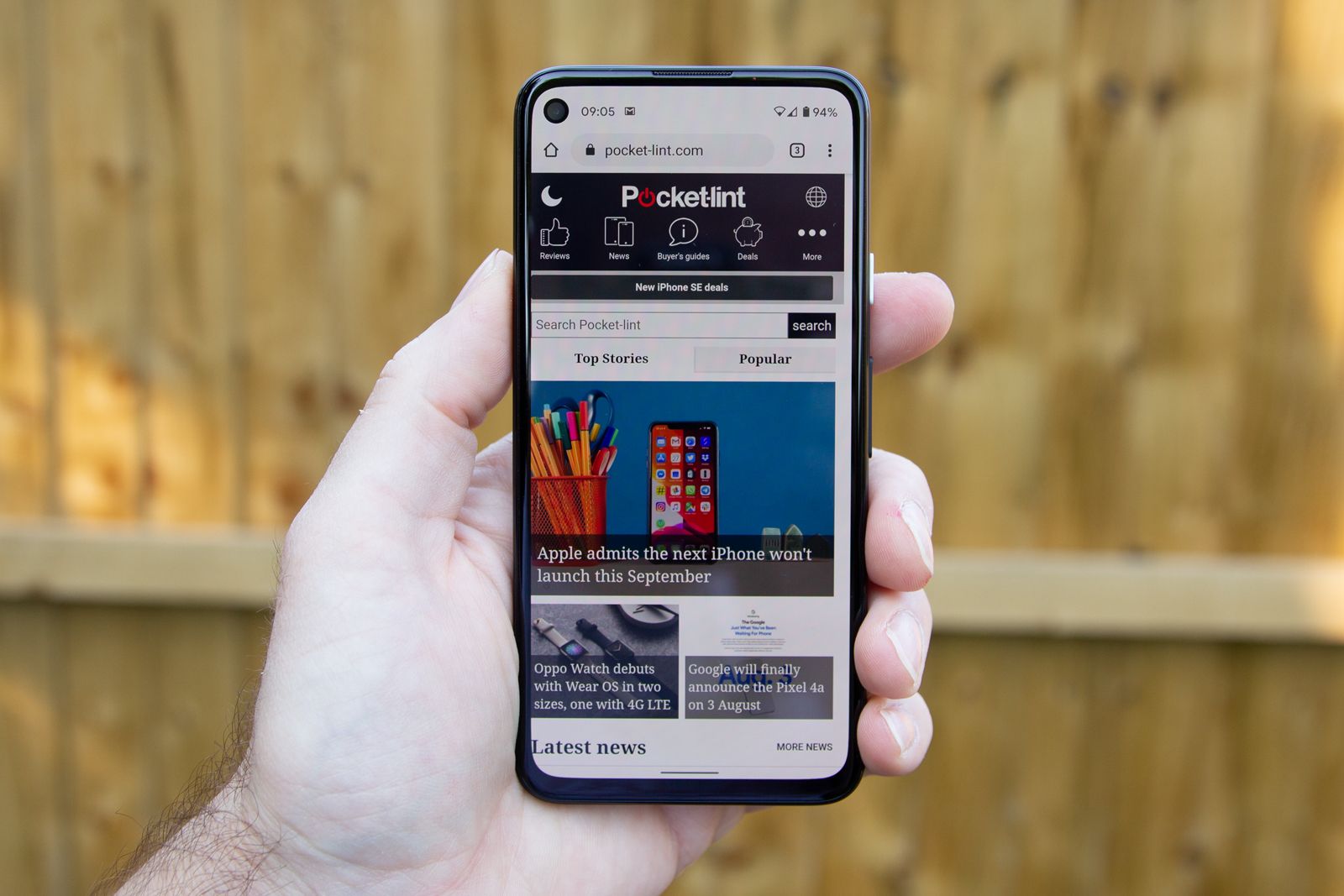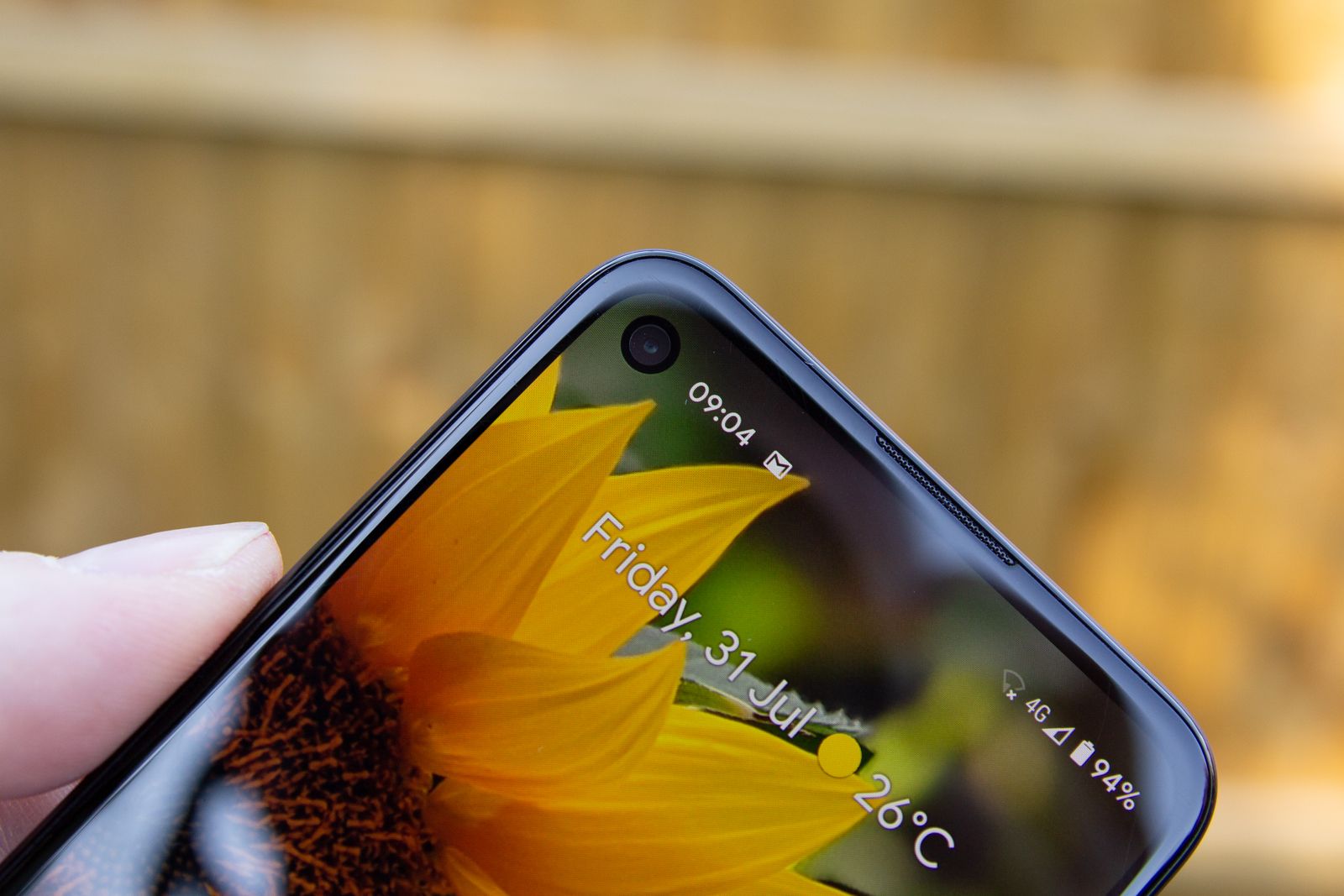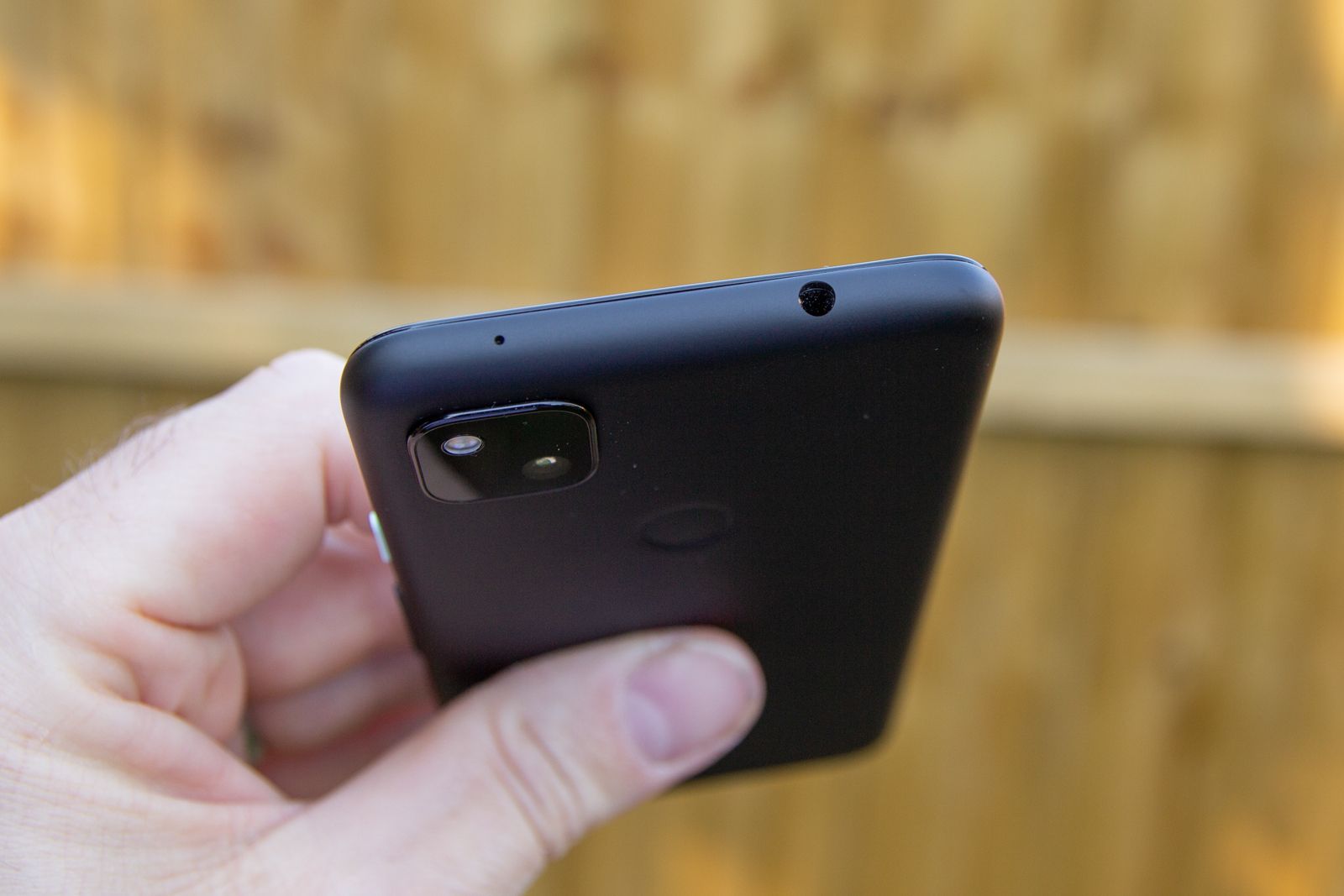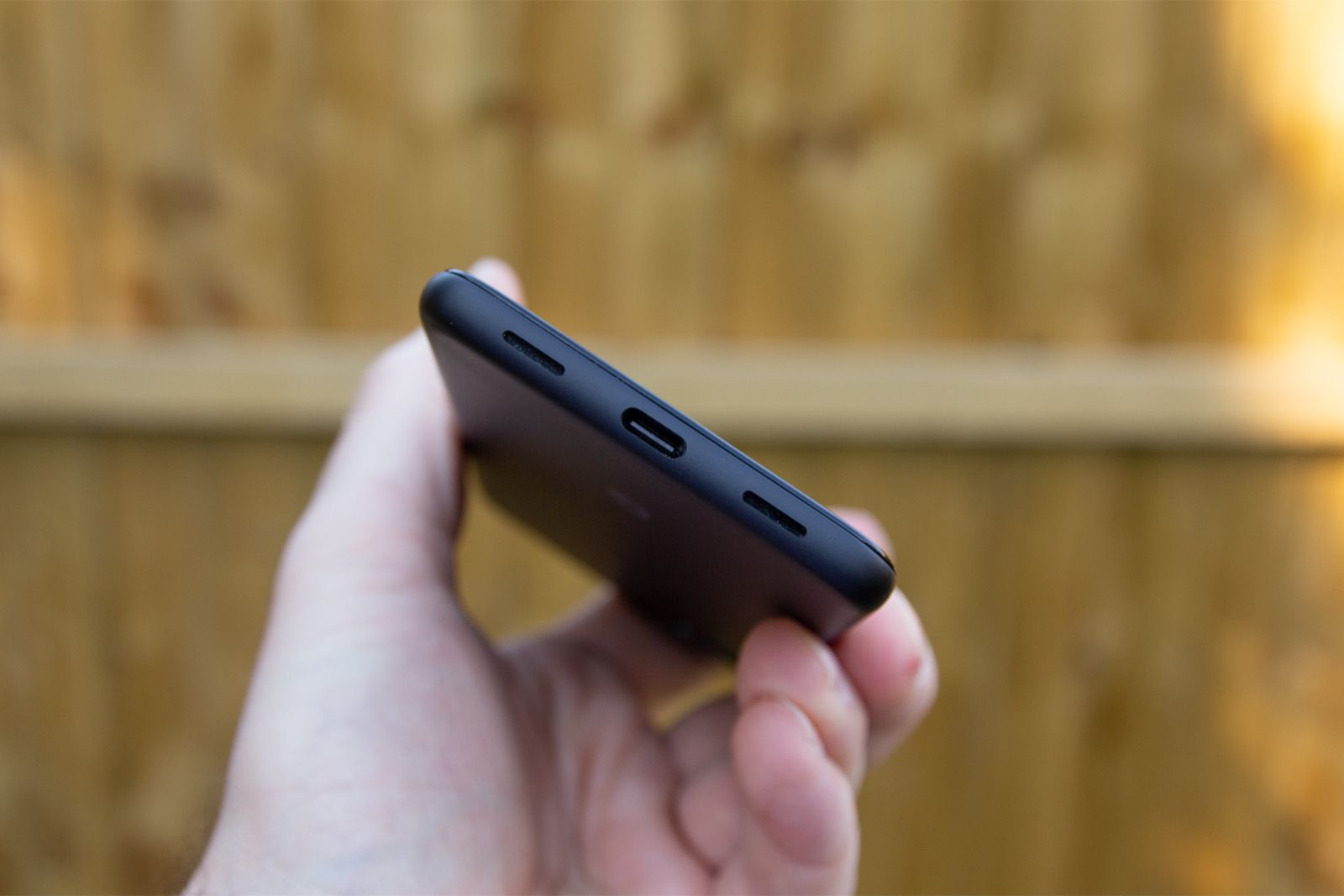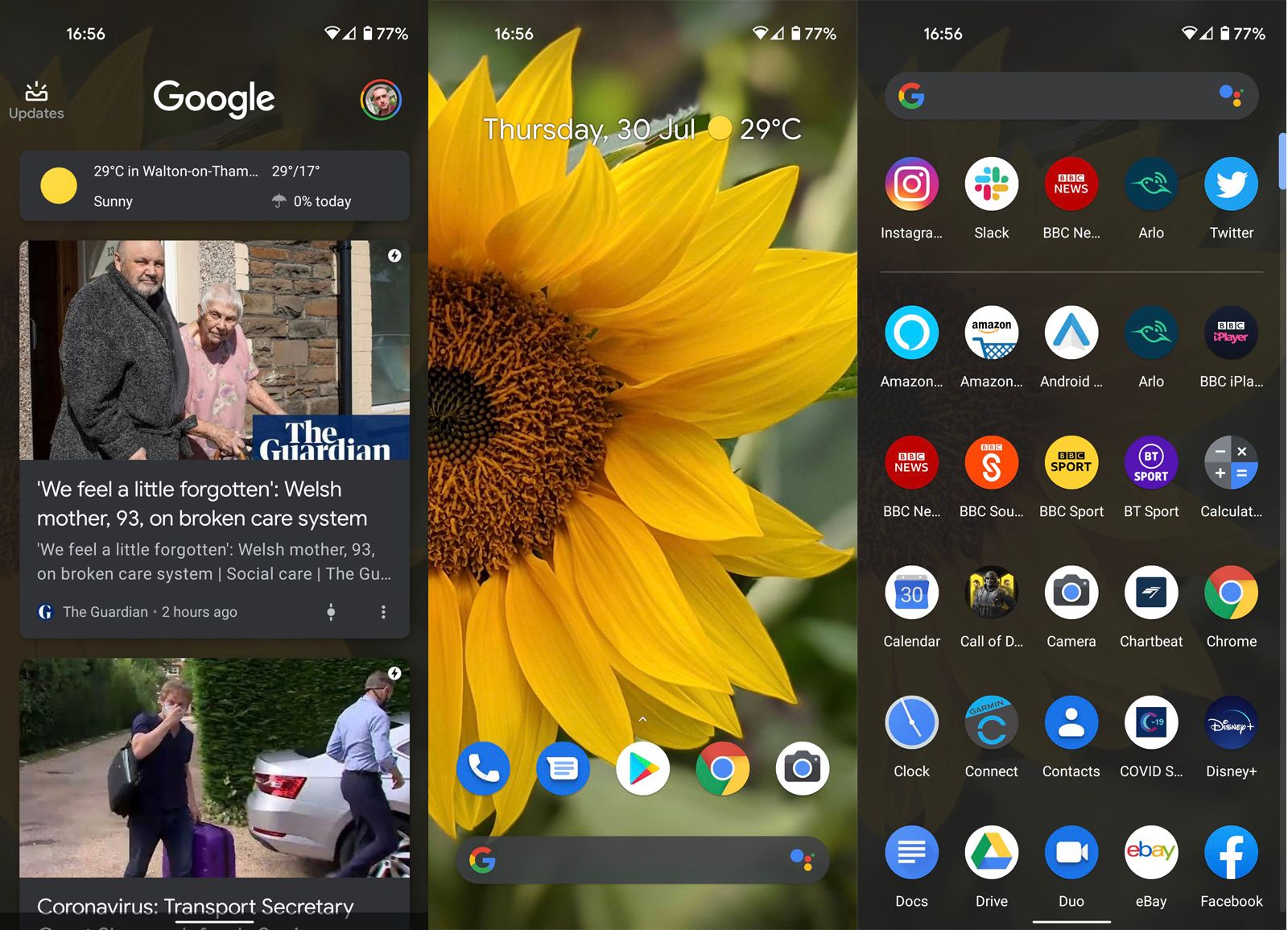The 2020 addition to Google's Pixel family of phones is the long-anticipated Pixel 4a. It's a cut-down version of the Pixel 4, which was Google's flagship phone in 2019, looking to bring that pure Android software experience and Google's capable camera prowess in at a lower price point.
But the 4a is also an upgrade to the Pixel 3a - with the newer device positioned slightly higher thanks to more powerful hardware. That shifts this phone into a competitive mid-range position - a position where it really has to fight to make its case. But fight it does, so here's why Google has a compact winner on its hands.
Our quick take
The biggest challenge that the Pixel 4a faces is not through anything that it does wrong, but through the competition. Priced as it is, you can get a bigger display, more powerful hardware, and access to 5G connectivity, all for around the same price.
That makes the Pixel 4a look a little expensive, but we can't fault it for what it offers. This compact phone brings the fight to the mid-range, being very capable and offering a great camera experience - sure, it might not offer loads of cameras, but it delivers excellent results from its single rear lens, which is what matters.
Some people might find it a little small, but for those looking for a compact phone we can't really see why you'd need to look any further. Well, there might be one reason: although the Pixel 4a's announcement was at the beginning of August, and it launched on the 20 August in the US, pre-orders have only just opened in the UK and it won't be in your hand until 1 October.
Alternatives to consider
OnePlus Nord
Squirrel_widget_306811
The aggressive pricing on the Nord makes this one of the most appealing handsets out there. Great build quality, a larger display and a little more power - with access to 5G - make this a hot prospect. It's only a little more expensive than the Pixel 4a too.
Moto G8 Power
Squirrel_widget_184710
It's s step down in the performance stakes, but it's a much more affordable device. What the G8 Power really brings is massive battery life and a clean Android experience for you to enjoy.

Google Pixel 4a - 4.5 / 5
| FOR | AGAINST |
|---|---|
|
|
Google Pixel 4a - 128GB (Black)
Design and build
- Dimensions: 144 x 69.4 x 8.2mm / Weight: 143g
- 3.5mm headphone, dual stereo speakers
- Polycarbonate back
- Finish: Just Black
This new affordable phone only comes in one size: it's a compact device with a 5.8-inch display. That keeps the overall size down, making this one of the smaller devices that we've seen launch in recent times.
It has a build that fits its positioning, opting for a polycarbonate unibody design, that rear shell wrapping around the sides for a seamless finish until it meets the flat display at the front.
Google says that it's only going to be available in the 'Just Black' colour, with a contrasting white power button, carrying Pixel's design signature from the past few devices.
The design sees the bezels pushed back and the adoption of a punch-hole front camera for a contemporary design, while the top speaker sits in that narrow border accompanying the speaker on the base of the phone.
There's a 3.5mm headphone socket for those wanting that legacy connection, but the two speakers also offer powerful stereo output - which is perfect to provide the soundtrack to your YouTube watching or casual gaming, and loud enough for personal use. It really does sound good, while many phones in this category overlook their speaker setups.
The camera bump on the rear forms a square, mocking the styling that's becoming increasingly popular in smartphones. It only houses a single lens and the flash, so it's perhaps a little over the top because it's mostly just empty space.
Finally there's a fingerprint scanner on the rear. With most opting for under-display scanners this might come as something of a surprise, although it's easy to use, fast to unlock, and so incredibly reliable, that it will make you wonder why anyone moved to in-display scanners in the first place.
Display
- 5.81-inch OLED panel, 60Hz, HDR support
- 2340 x 1080 pixels (443ppi)
- Corning Gorilla Glass 3
The display on the Pixel 4a is small by modern standards, with many devices soaring over 6-inches, even in this affordable price bracket. That makes for one of the smallest phones that we've seen in 2020 - and that will have some appeal for those wanting to avoid a massive phone.
Equally, there's a little less space to play, so gamers and media fans will likely wish for a little more visible space; the lack of an XL model at present will leave you looking elsewhere.
Google is using an OLED panel and it's great quality, offering inky deep blacks and plenty of vibrancy and pop to colours. You can choose from a couple of colour presets for the display - adaptive, natural, boosted - although we were happy to leave it on the adaptive option.
It's a great display and packing in a Full HD+ resolution - which works out at 443 pixels per inch at this size - which is high by any measure, so there's plenty of detail. To put that in context: this phone is about the same size as the iPhone SE, but you get an inch more screen space with a higher resolution.
There's been a lot of talk about faster refresh rates in displays, but the Pixel 4a comes with a standard 60Hz display. Whether that bothers you or not will depend on many things, but having put this phone side-by-side with the OnePlus Nord (with its 90Hz display) we couldn't see any significant difference in the display experience.
This display also supports HDR (high dynamic range) so it will help your Netflix content shine. The display has plenty of brightness, but it's quick to dim, so we found ourselves nudging it up regularly to get the best visuals out of it.
Hardware and performance
- Qualcomm Snapdragon 730G, 6GB RAM, 128GB storage
- 3140mAh battery, 18W charging
Where the Pixel 4a really outlines itself as a mid-range phone is in the hardware department. It's sitting on the Qualcomm Snapdragon 730G platform. This 700 series hardware slots in under the 800 series flagship hardware that you'll find in the top phones - but it's a step-up from the 600 series hardware of the Pixel 3a.
There's been a lot of excitement about phones sitting on Snapdragon 700-series hardware in 2020, because of a new entry to the family, the Snapdragon 765. That hardware brings 5G connectivity, which is something that this device misses out on, although a Pixel 4a 5G will be launching later in the year. Instead, the Snapdragon 730G sits a little lower than the 765 in terms of power and performance, but there are only minor differences - it's a generation older, has a slightly lower clock speed on one core, and is 8nm rather than 7nm.
As far as mid-range phones go, there's plenty of performance on offer here. The Pixel 4a has no problem running games like Call of Duty Mobile on high settings, offering a fluid gaming experience - boosted by those stereo speakers.
However, it's a little small to be used as a gaming phone, but we can't fault the hardware that it's sitting on, because it's almost indistinguishable in daily use from more powerful devices. There's no lag, plenty of fluidity, and we've seen this phone offering a better experience around the user interface (UI) than some more powerful devices on Snapdragon 765, like the LG Velvet.
What you don't get, however, is a massive battery capacity. Given the smaller real-estate of a small-scale phone the battery is understandably less capacious than larger phones. It's a bit fickle too, because at this size, under light use, you'll get a full day from it - but push it harder with some gaming sessions and lots of camera use and you'll find it running out of power much sooner.
That's something that plagues smaller devices without the ability to squeeze in larger batteries - and also plagues this mid-range hardware that offers powerful experiences, but with a heavy demand on the battery. Opt for a lower-tier device and you'll get a lesser experience but there are some with a third greater battery capacity.
What you get to support that is 18W charging (and an 18W charger in the box). Sure, it doesn't compete with OnePlus' excellent Warp Charge 30 and other faster charging solutions, but it's fast none the less.
Pixel power cameras
- Main: 12.2-megapixel f/1.7 aperture, 1.4µm pixel size, optical stabilisation (OIS)
- Selfie: 8-megapixel f/2.0, 1.12µm
Google has kept things simple with the cameras on the Pixel 4a. But the Pixel has been running a simple camera load-out for some time, resisting the urge to pack the phone with gimmicky sensors that just aren't needed. Don't fall into the trap of confusing simple with stupid, however, as this camera is decidedly smart.
That sees a 12.2-megapixel main camera on the rear - the same as you'll find on the Pixel 4 - and it's a great performer. This camera gives great photos in pretty much all conditions, turning its hand to complex shooting situations thanks to the clever machine learning and artificial intelligence (AI) that sits behind it.
Once again, this is a case of Google giving you the camera performance of its flagship phones at half the price. While there are a number of phones offering lots of camera power at this price point, we once again find that the Pixel holds its own and performs well above its stature.
Daylight shooting sees great handling of HDR scenarios, lifting shadows and countering over-exposure in bright conditions, while taking those skills over to low-light shooting, where it controls ISO sensitivity and smooths out images to give you useable results when many rivals start to falter.
The same applies to the front camera, which gets full access to the Night Sight mode for low-light shooting, meaning you can get a useable selfie in just about all situations. Those selfies can look a little contrasty, perhaps a little hyper-real at times, but equally there's a sophisticated look to them - and it's something we've seen previously on other Pixel devices.
One thing we particularly like is the Live HDR view. This shows you what the HDR result will be in the viewfinder, where many phones just show you those results once you've taken the shot. There's also other magic that shows - when a horizon is detected a level will appear to show if you're taking phones on a slope, for example, alongside other features, aiming to give you better photos.
Never one to miss out on flexing some of that AI skill, the Pixel 4a gets an astrophotography mode - which will let you take 4-minute shots of the sky. Technically it's pretty amazing in a mid-range phone, but is it really useful? Only if you find yourself gazing at starscapes on a regular basis.
All of this adds up to an experience that doesn't leave you feeling like you're missing out. In most situations you can point, shoot and share great images, while rivals will be trying to find the right lens or mode. Simplicity is the key to Pixel photography and that's the real winner here.
Of course there are things it misses out on - there's no physical telephoto lens so you're reliant on digital zoom instead, although that's pretty good too. There's also no ultra-wide angle lens, which is sorely missed as it's common on phones at this price - and while Google's Photo Sphere will create much the same effect, we'd rather have that from one lens than from a stitched selection of photos.
Video recording steps up to 4k at 30 frames per second, with effective stabilisation to keep that video nice and smooth if you're moving around. If you drop down to Full HD, it's available at 60fps.
Software
- Android 11 operating system
- 3 years of updates
A big advantage of opting for a Pixel phone over other rivals is that you're at the front of the queue for Android software updates. This phone was running on Android 10 at the time of review, and has now moved to Android 11 - as well as getting the latest Pixel features.
While you can get a similar experience from Android One devices - like those from Nokia - or clean software offerings from Motorola, there's always something that Google saves for itself. It's little details, like Google's Now Playing music identification service, which make the difference. This clever feature identifies music that the phone can hear, but this all happens on the device - no data connection needed.
Then you have things like the ability to adjust the level of background blur in all pictures in Google Photos, not just those taken with a portrait mode. Google also embellishes the Pixel with enhanced calling features in some regions.
The Pixel 4a runs smoothly, taking everything in its stride - it's exactly the Google phone you expect it to be. It's refreshingly free from bloatware or software skins, there's no customisation that gets in the way of what you want it to do. Sure, compared to a Samsung or OnePlus device there's less customisation, but we feel there's nothing that's glaringly missing - so often the customisations we make to other phones are to get them to behave more like a Pixel.
So the experience of using this phone day-to-day is very complete. Having used a number of flagship phones in 2020, there's very little that's missing from this experience. But that's the new normal for the mid-range category - they're asking serious questions of phones that cost twice as much.
Google Pixel 4a - 128GB (Black)
To recap
As a mid-range phone we can hardly fault what the Pixel 4a offers. It's very capable and delivers a great camera experience. Some people might find it a little too small, but for those looking for a compact phone we can't really see why you'd need to look any further.

